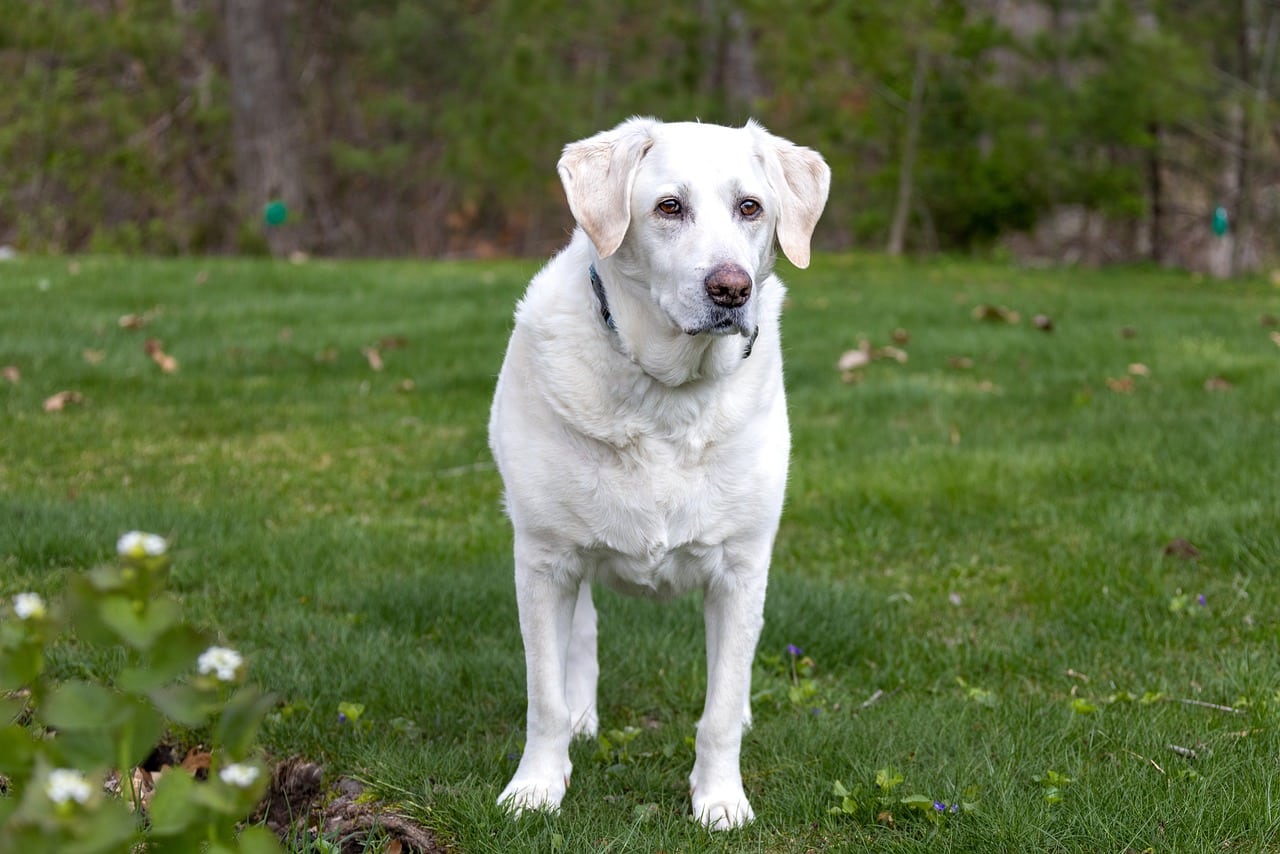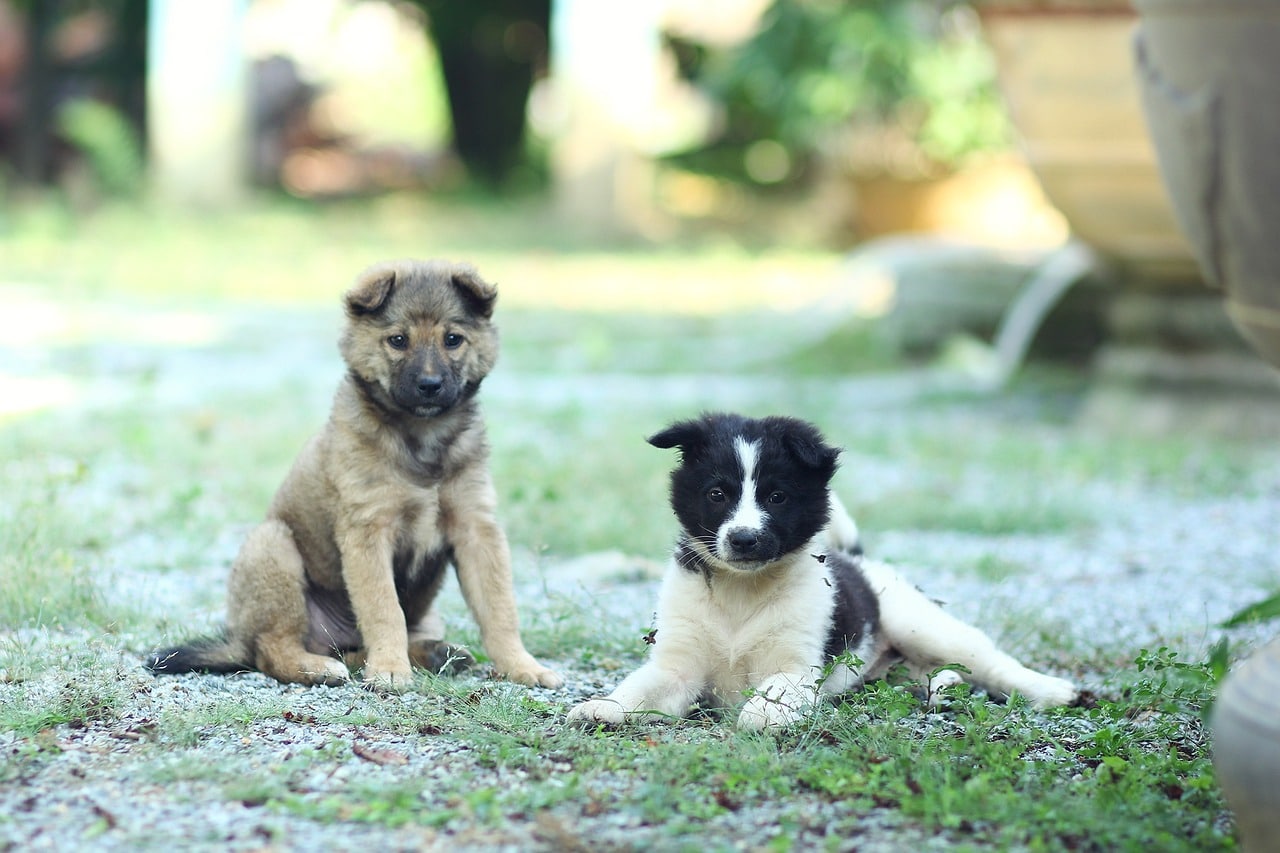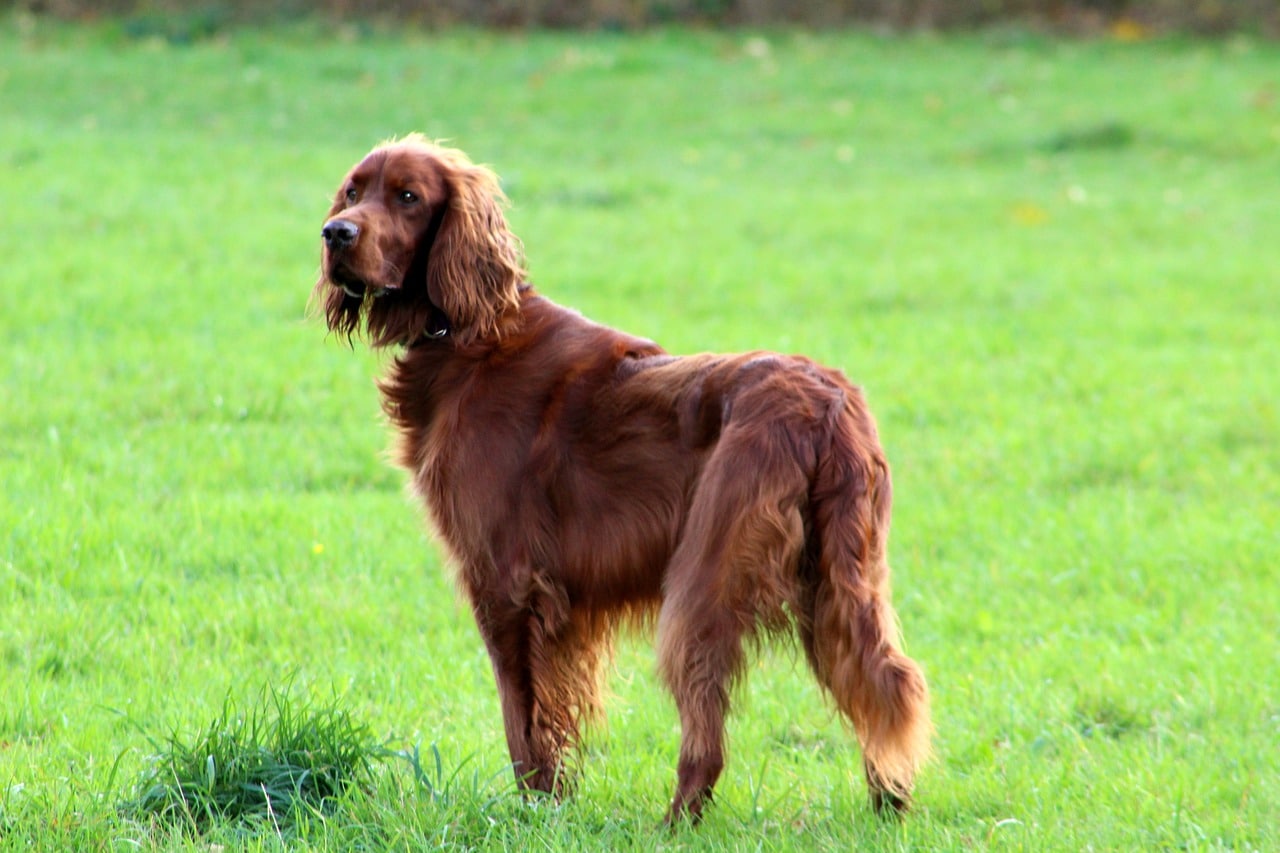Bringing a new puppy into your home is an exciting and heartwarming experience. However, along with the joy of having a new furry companion, comes the responsibility of ensuring their health and well-being. Fleas and ticks are common parasites that can harm your puppy and potentially transmit diseases.
In this comprehensive guide, we will explore effective ways to protect your puppy from these pesky critters and keep them happy and healthy.
Understanding Fleas and Ticks
Fleas and ticks are tiny, blood-sucking parasites that can infest your puppy’s fur and skin. They can cause discomfort, itching, and even transmit diseases. It’s crucial to understand their life cycles and habits to effectively prevent infestations.
Life Cycle of Fleas and Ticks
Fleas and ticks go through different life stages, including eggs, larvae, pupae, and adults. Understanding their life cycle can help you target them at vulnerable stages.
Common Habitats
Fleas and ticks thrive in certain environments. Learn where these pests are commonly found and how to minimize their presence in your home and yard.
Flea and Tick Prevention Methods
Now that we’ve laid the foundation, let’s delve into the various prevention methods you can use to protect your precious pup.
1. Grooming and Bathing
Regular grooming and bathing routines can help keep fleas and ticks at bay. Use a mild puppy-friendly shampoo and brush your puppy’s coat regularly to check for any signs of infestation.
2. Spot-On Treatments
Spot-on treatments are topical solutions that you apply directly to your puppy’s skin. They are effective at repelling and killing fleas and ticks.
3. Oral Medications
Oral medications are another option for flea and tick prevention. Consult your veterinarian for the right prescription for your puppy’s needs.
4. Flea and Tick Collars
Flea and tick collars release chemicals that repel these parasites. They are easy to use and provide long-lasting protection.
5. Environmental Control
Cleaning and treating your home and yard are crucial to prevent reinfestation. Vacuum regularly, wash your puppy’s bedding, and use pet-safe insecticides.
FAQs
Can I use adult flea and tick products on puppies?
Yes, it’s essential to use products specifically designed for puppies. Adult products may contain chemicals that are too harsh for a young puppy’s sensitive skin.
How often should I bathe my puppy to prevent fleas and ticks?
Bathing your puppy every 2-4 weeks is typically sufficient. However, consult your veterinarian for a customized bathing schedule based on your puppy’s needs.
Are natural remedies effective for flea and tick prevention?
While some natural remedies can help, they are not as effective as veterinary-recommended products. Consult your vet for the best prevention options.
What are the signs of a flea or tick infestation?
Signs include excessive scratching, visible pests on your puppy’s fur, and small red bumps on their skin. If you notice any of these signs, consult your vet immediately.
Can fleas and ticks harm my puppy’s health?
Yes, these parasites can transmit diseases like Lyme disease and tapeworms. It’s crucial to prevent infestations to protect your puppy’s health.
How can I make my yard less attractive to fleas and ticks?
Trim your grass regularly, remove debris, and use pet-safe insecticides in your yard to discourage fleas and ticks from taking up residence.
Conclusion
In this comprehensive guide on Flea and Tick Prevention for Puppies, we’ve explored various methods and strategies to protect your beloved furry friend. Remember that prevention is key, and consulting your veterinarian for personalized advice is essential. By following these guidelines, you can ensure a happy and healthy life for your puppy, free from the nuisance of fleas and ticks.


